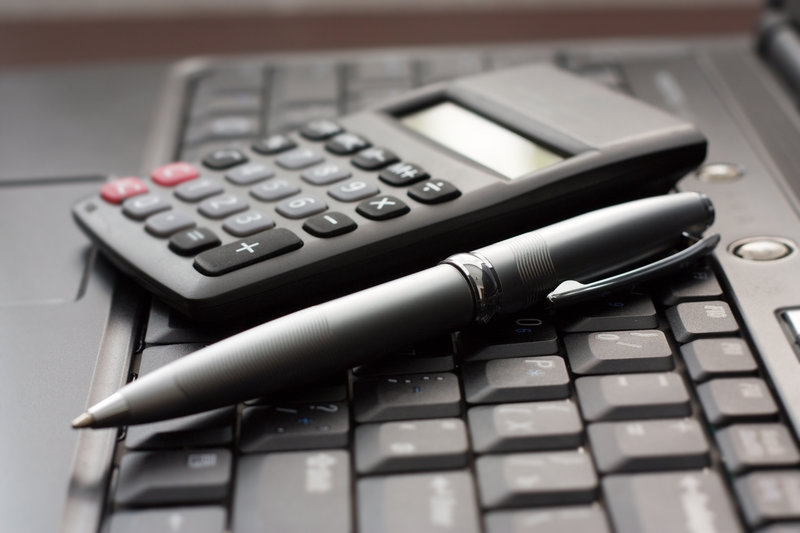
Day trading is challenging. Markets rise and fall on a moment’s notice and the movement of large positions depends on accurate instincts, strategies, and analytics. For this reason, there is a high amount of risk involved. Without knowing what it takes to become a day trader, or what it is like navigate the winding roads of stocks and options, you can find yourself in over your head rather quickly. When performance is key, practicing before the big game is absolutely essential. In this article we’ll outline thirteen reasons why you should practice before trading live.
1. Day Trading is a High Speed Game
There’s no reason to sugar coat it: day trading happens at the speed of light. Instead of holding long positions and letting market growth pay dividends, day traders move on positions quickly and effectively in order to turn a profit. This means movements that take hours instead of days, and failing to be prepared for this is dangerous. Things move so fast live the speed is very hard to get used to at first especially when emotions are on the line as your trading your own savings and all your expectations for yourself and your life. YOu need to get used to that.
2. Trading Happens in Time with Markets
You can hone strategies and craft theories until the cows come home, but it won’t capture one of the essential skills of day trading: reading the market. Your plans may work great on paper, but the market is a constantly changing field, and that means learning to adapt before learning to plan.
3. Managing Money is Key
Getting into day trading can sometimes require significant start-up capital. When coupled with the high-risk nature of the business, it’s easy to see why money management skills are essential. Betting the house on a “sure thing” is a quick way to be carted off the field before the game even starts. Drawing a line on a chart and figuring the price breakout is one thing. Everyone see’s the same breakout spots. Its what you do after that makes you successful. Its a whole different ballgame to manage the position , your money, and the risk while a stock is moving around. Simulating can help you do that.
4. Winning and Losing Take Maturity
Profit and loss are double-edged swords. Profit can lead to overconfidence, but does mean you made a return. Loss can lead to doubting your strategy, unless you learn from mistakes. In either case, gleaning the maturity needed to handle booms and busts takes time and practice. Its very important to mentally be able to take losses and also to keep steady in a string of losses Nobody ever believes they will be in a slump but it happens to all of us. You need to practice for all those situations of the big losing streak, the hot win steak etc
5. Experience Is Invaluable
Inexperienced traders may have looked at AOL’s stock prices in the early days of the Internet and planned on riding that train straight into billionaire status. However, experience teaches you that markets rise and markets fall. Having the foreknowledge to see these moves coming before you lose the house can help make your venture more profitable and less tumultuous. To develop skill and trading is about skill development. You need thousands of repititions to start gaining competence. Those repititions need to start before you are live. You need to practice and work on your game no different then Kobe Bryant works on his game each summer playing basketball.
6. You Need to Learn Your Style
If there was one system that worked, everyone would be a day trader. Learning your specific method takes both time and experimentation. Trusting the experts can get you far, but in order to build real wealth, you’ll need to perform your own analysis, and knowing your trading style can help guide your decisions in the future. Each trader that is successful has a unique perspective on the markets and their style. It is important to take what you learn in class and make them your own. @mb_willoughby or @ckz8780 of http://www.chroniclesofadaytrader.com/ or @vegastrader66 of http://vegastrader66.blogspot.com/ they all took my class and then turned the principles and methods into their own. They developed their own “goto setups” and developed them while practicing so that when they went live they had a toolbox of setups that worked for them.
7. Understanding Markets Takes Repetition
Markets are based on two things: financial law and human behavior. If there is one thing that would leave even the most sophisticated mathematicians scratching their heads, its human behavior. Seeing multiple movements, market reactions, and scenarios in real time can help hone your instincts and make sense of the very human element of the market prior to following math down an incomprehensible hole.
8. You Need to Understand What You Can Make
With market unpredictability comes personal unpredictability. In the occupation of day trading, your income depends on your performance, so knowing what you are capable of making and what must be invested is crucial. In addition, these numbers can help take the stars out of your eyes and give you some real perspective before making risky moves without sound rationale.
9. Using Tools Properly Takes Practice
You will have a cornucopia of resources available to make your job work. However, using them properly and to a profitable end takes practice. Sure you can look up the 10 year historical data on any stock in the world on a whim, but how does that information translate into action? Understanding what each tool achieves and how to use it will make your job much easier. There is so much technology out there. Just using tc2000 took me years to learn. While we are in bootcamp class for those 90 days we practice our charting and scanning software so that when its realtime we can access the tools and advantages quickly. Trading is a game of speed. The faster you have access to the information and data you need the better you will trade and the more advantage you will have.
10. Learning Who to Trust is Important
Moving on stock tips is a prudent strategy, at least when the information comes from a reliable source. Unscrupulous characters and uninformed traders are happy to dole out incorrect information, but their mistakes become your loss if you don’t scrutinize your source. Knowing who to trust takes time and practice.
11. Risk Management is as Important as Profit
It’s easy to become committed to a stock until it empties your accounts as you pray for a rebound in order to save your pride and your money. But learning the signs of when to sell and when to avoid trades altogether takes experience. Exercise stops and experiment with strategies to understand when to hold ’em and when to fold ’em. As traders our number 1 goal is to manage risk at all times the guys like myself that have been doing this 10 years plus we make sure that we are always in the game to live and fight another day. You can come back from a 500 dollar loss but it smuch harder to come back from a 50,000 dollar loss
12. You Need to Keep a Journal
Not only is forming the habit of a trade journal a good way to archive valuable trading information and lessons, knowing what will be useful for future reference takes time. In the beginning, you may record everything from profit to the color of slacks you were wearing, but building a habit of documenting trades will help you understand what barometers affected your success or failure. This is huge. Data collection is the key to honing your strategy. Every single thing we do is scientific and catalogued. I know which times of day I trade the best/worst. I know how i trade when the market is up vs down. I know my avg gain vs loss. All these metrics we track them to gain and understanding of what setups to trade and when. Trading is about taking what your good at and doing more of it! And then we take out the things we are weak at I eliminate them from my trading totally.
13. You Need to See If You’ve Got What it Takes
The occupation is strenuous. Again, there is no reason to sugar coat that. The markets move fast and sometimes unpredictably and the stress of investing buckets of money on risky positions is enough to wear anyone down. Practicing day trading can help you understand if you have the personal resources to meet the challenge successfully.
As you can clearly see, day trading is not for the faint of heart. But practicing on simulators with real market conditions and fake money can make all the difference when you head into the markets. Do yourself and your bank account a favor and practice, practice, practice. Learn the essential skills and instincts needed to join the profession and enjoy the benefit that a little preparation and experience can provide when times get tough, and profit from that knowledge in time.


